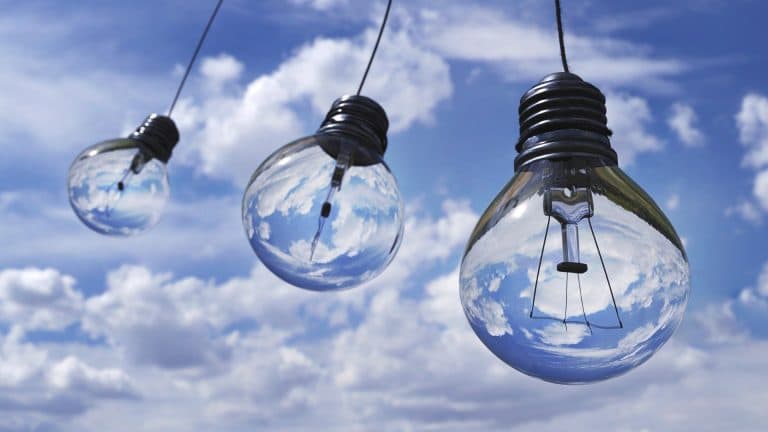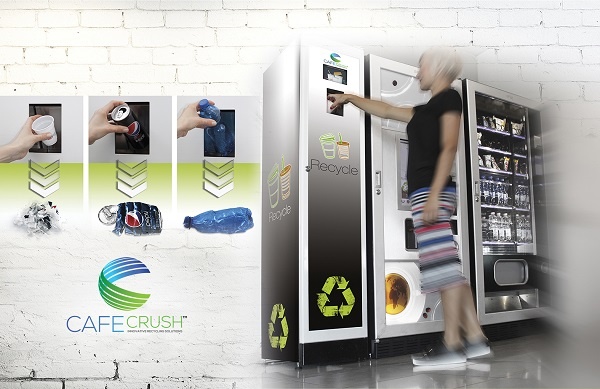
There are many challenges when it comes to environmental management. Challenges from stakeholders, placing growing pressure on policymakers to meet expectations they feel are necessary for any modern business they invest in. These stakeholders are not only internal (employees, shareholders etc) but also potential investors in the form of customers and the general public and their perception of your brand.
Now, more than ever, are businesses on show! What they do, or do not do, to help the environmental challenges we all face, are in the spotlight.
The saying “there is no such thing as bad PR” is not applicable to this topic.
Of course, with challenges also come advantages. Being able to show your allegiance to ISO 14001, and show how pro-active your business is, how it invests in continuous improvement can place your business on a pedestal.
But how do you keep ahead? How can you keep continually improving?
#1 – Invest in your own on-site bottle, can or cup deposit-return scheme
Bottle and can deposit return schemes get the green light across England, Scotland and Wales with consultation taking place to set out plans to overhaul the UK’s single-use culture.
Earlier this month, we also had news from Cardiff Bay where the Welsh Government set out its ambitious target to become the worlds first ‘refill’ nation. A bold statement but a clear sign of the growing demand for continuous improvement based on stakeholder expectations.
Investing in your own on-site solution would be a huge tick in the ISO 14001 continuous improvement box.
You need not wait for the UK government to provide a solution, you can set up your own solution extremely easily. In fact, last month, Canary Wharf did just that and launched the first UK on-site deposit-return scheme.
Off-the-shelf solutions are already available. The same size as your standard vending machine and easily branded to match your interior design. Solutions are not as expensive as you might think. The CafeCrush solution would cost £3,642 outright, or you could lease for £18 per week over a 5 year period.
#2 – Green products/process design
Adopting products and processes designed in such a way that they have a minimal adverse impact on the environment is certainly the way forward. CO2 emission is a hot topic and one such product (and process) that is designed to reduce CO2 emissions is Longopac®.
Critical to the Longopac® system is the Longopac® continuous liner which is manufactured from 3-ply virgin polyethene. The manufacturing process has low material consumption, and independent life cycle analysis shows it consumes 1/3 less carbon dioxide compared to traditional bags.
Already adopted by major UK brand from Food & Drink, Auto Manufacturers, Healthcare and HORECA as part of their continuous improvement initiatives.
| “Since 2001, we have used ISO 14001 to make big improvements such as increasing our organisation’s recycling rate. We have now been at “zero land-fill” since March 2013 and are recycling and reusing 100 % of our site wastes. We have continued to improve our relationship with neighbours because we have the processes in place to respond quickly to any concerns. Among other benefits, our processes and the appointment of Green Matters Champions ensure that staff are environmentally engaged and aware of the site’s potential impact on the environment.” Richard Giles Premier Foods, UK |  |
Already adopted by major UK brand from Food & Drink, Auto Manufacturers, Healthcare and HORECA as part of their continuous improvement initiatives.
#3 – Internal stakeholder education
Last month 42 businesses, including Marks & Spencer, Sainsbury’s and Tesco, pledged allegiance to the UK Plastics Pact, committing to switching all plastic packaging to reusable, recyclable or compostable varieties by 2025.
| What practices, or nudges, can you put in place to educate your work-force to think differently about their recycling habits? From simple measures such as improved signage (making it easier for people to correctly segregate their waste) to a more targeted approach such as Brighton College.
Brighton College is a very recent example of this. Hitting the headlines today (10th May 2018), pupils who bring in plastic water bottles to school could be punished in the same way as if they were caught smoking cigarettes. Well, where better to educate than in the education industry! |
 |
#4 – Adopting electric
The Celtic Manor Resort, South Wales, is a great example of this. Its very clear they have a strong focus on environmental management with a number of recent ISO 14001 linked initiatives.
- Installation of LED lamps in their main hotel.
- The use of electric cars on-site and electric charging points for visitors with electric cars.
#5 – Think differently about waste
| Adopting continuous improvement can also help reduce costs and one simple way to do this is to think differently about your waste.
The hierarchy of waste sets out a clear hierarchy of options for managing waste in terms of what is best for the environment. It makes financial (and ethical) sense to improve your waste management process to ensure recovery and disposal to landfill is not an option. This image shows typical UK waste collection costs based on the type of waste. If you are unable to reduce or reuse your waste, recycling makes most business sense (i.e. the bottom line). |
.jpg) |
Keen to learn more?



